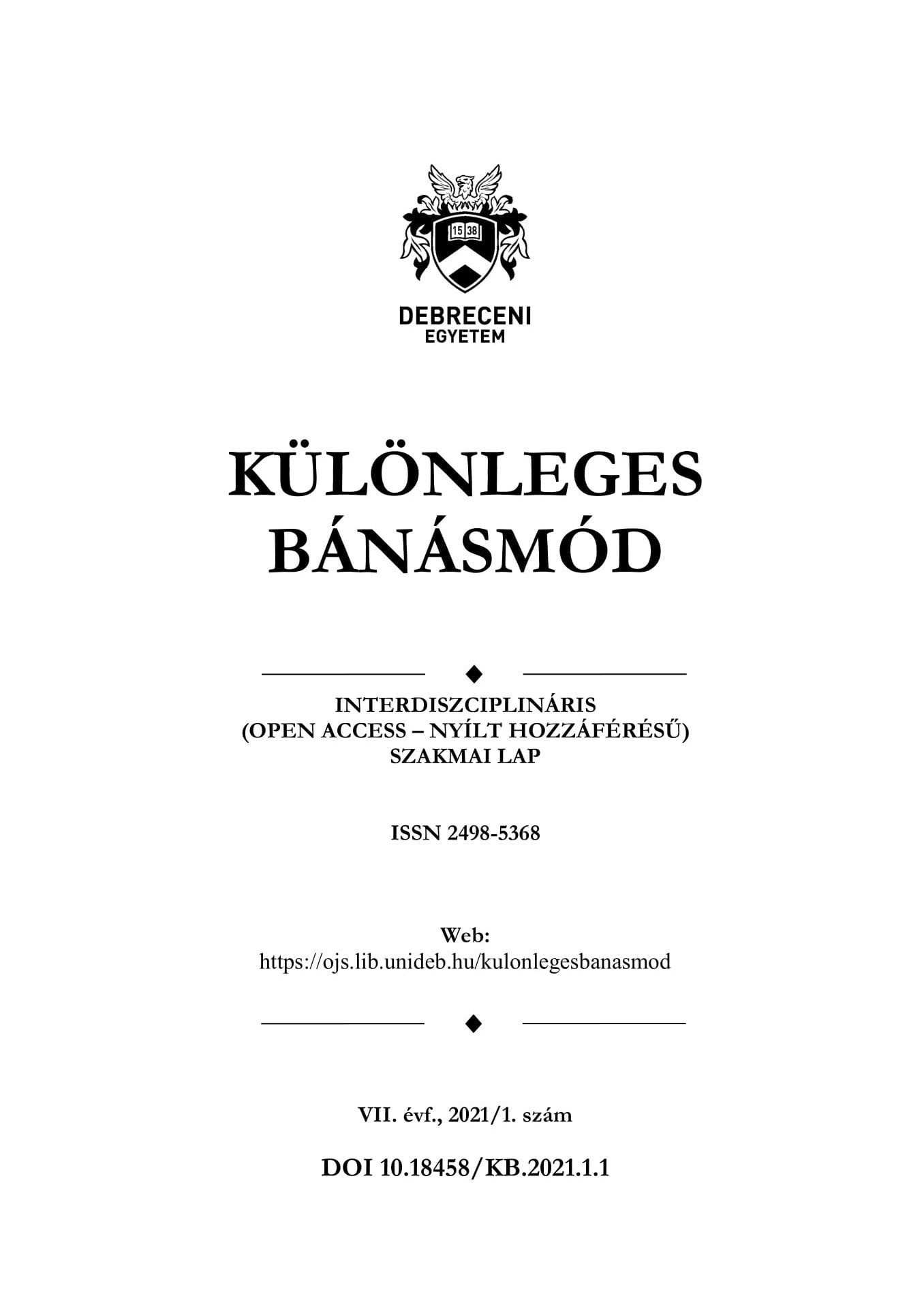INVISIBLE LINES, INVISIBLE LIVES; EDUCATION OF AFGHAN MIGRANT CHILDREN AND THEIR FUTURE WITHIN IRAN’S BORDER
Author
View
Keywords
License
Copyright (c) 2021 Mozhdeh Taherizadeh

This work is licensed under a Creative Commons Attribution-NonCommercial-NoDerivatives 4.0 International License.
How To Cite
Abstract
During the Soviet Union occupation of Afghanistan, the Taliban insurgency within this country’s borders, and a subsequent war with the USA, people inhabiting this land were forced to leave their country to cross the neighbouring borders with the Islamic Republic of Iran. Exploring their right place in Iran’s society resulted in the residency of approximately 3.000.000 of them, which has yielded both constructive and at the same time disturbing economic and educational experiences for both nations. Cultural similarities and deviations, in some cases mutual language, and common religion have been presented as the underlying reasons for integration opportunities and also challenges. This study explains how the trends for delivering education to Afghans in Iran have fluctuated so far, yet been remarkably more efficient than their departure point. The educational future of the second, third, and even fourth generation of Afghans in Iran has become a big question with regard to the economic status and political relations of the two countries. What this study manifests is the need to recognize and fill the gaps in the education of Afghans. This goal will be achieved through a review of human rights opposing geographical determinism, illiteracy, and mistaking prejudice and excessive behaviours in the host country.


 https://doi.org/10.18458/KB.2021.1.91
https://doi.org/10.18458/KB.2021.1.91